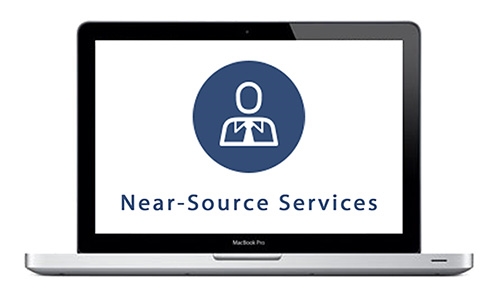No organization wants to experience the nightmare of losing valuable customer data, financial records, or confidential documents. Unfortunately, unless proper steps are taken to safeguard your business from these disasters, you may be unknowingly putting your data at risk of getting lost or compromised.
Protect your business with a disaster recovery plan
Don’t be fooled by these 3 disaster recovery myths

While disaster recovery (DR) should be a top priority in running a business, it’s often overlooked. This is because business owners sometimes cling to outdated IT perspectives that can put their data at risk. Read more to learn about the top three myths about DR so you can make the best decisions for your business.
Are You Keeping Your Disaster Recovery Plan Updated?
Businesses experience problems or complications all the time. These may range anywhere from natural calamities to accidents to hardware and equipment malfunctions, among many others. They can slow down your business or seriously hamper your operations. Most probably, you have this covered, and you may already have a disaster recovery plan. The question is: when did you last update it? As you know, businesses continually evolve and go through changes. Changes in the market constantly dictate changes to your products, services, systems, and processes. The same is true of your disaster recovery plan, and if you don’t keep up with these changes and plan for them in your disaster recovering plan, it’s almost as bad as having no plan at all. Especially with the expanding proliferation of technology around us, the way we do business constantly changes, and the way we address problems must adjust as well. You no longer can rely on the same plan you had years ago since your technology environment has most likely changed significantly since then. As a result, it’s a good idea to review and update your disaster contingency plan periodically – especially when your business goes through a drastic change. It’s also a good plan to give your plan a dry run to identify what works and what doesn’t. Better to find that out now than after a disaster happens and it’s too late to adjust the plan. It’s a constant process to keep your disaster recovery plan updated and relevant, and this process should be integrated into how you go about your business. Need help and advice? Contact us and we’ll assist you in developing and implementing a flexible plan that keeps your business safe today – and tomorrow.
Disaster Recovery Plan: Why It’s Impossible to Survive Without One
Since disasters are erratic in nature, any forward-thinking company knows that it cannot survive one unprepared. With a disaster recovery plan in place, you’ll have peace of mind and the confidence that your business can continue after a disaster — and without much interruption. Simply put, organizations that suffer data losses generally fail as a consequence. In fact, that statement is based on study by the Department of Trade and Industry, which discovered that 70% of small businesses that experience a major data loss eventually go out of business within 18 months. This statistics shows that a majority of small businesses have failed to protect themselves against a number of problems. According to Ontrack, data loss is due to the following: Human error – 44% of the time System or hardware breakdown – 32% of the time Software malfunction – 14% of the time Computer virus – 7% of the time Site disaster – 3% of the time Data loss is very catastrophic—because your data is critical to your business. To illustrate this, just imagine the outcome if you lost access to your IT systems, including: Client databases Supplier information Financial reports and documents — from invoices to tax records Product catalogs Marketing materials Emails and correspondences Document templates Employee records Like insurance to your business assets, the same idea is applicable to your data. Regardless of its location, your data needs to be constantly protected from every potential danger. The good news is that with a strong disaster recovery plan and an efficient backup solution, you can easily resume business in just minutes or a few hours in most instances. With these crucial things in mind, it’s best to protect your data to secure your business. Ask us how today.


